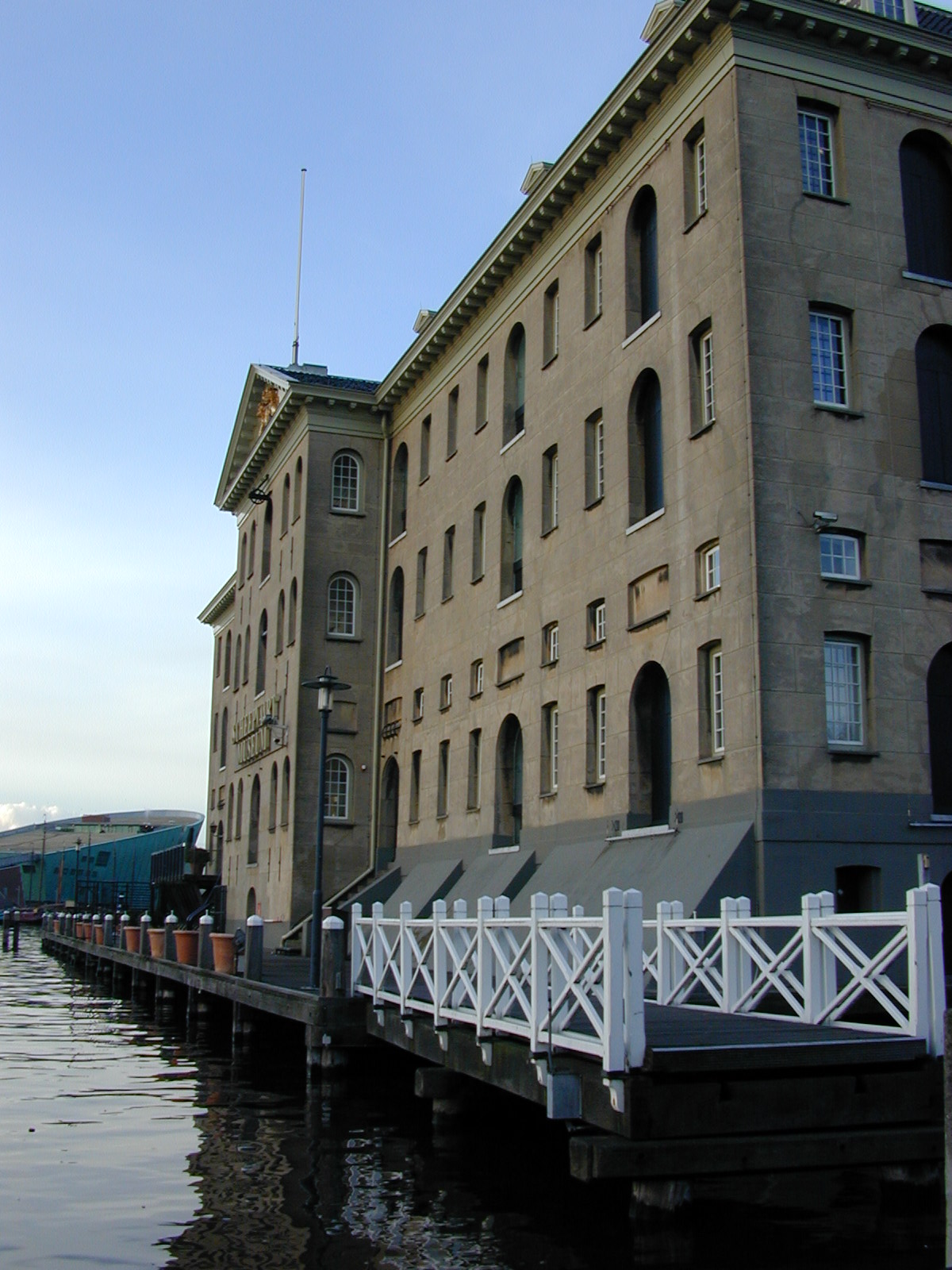Understanding Storage Buildings: Your Ultimate Guide
페이지 정보
작성자 Rodrick 작성일 25-01-14 08:23 조회 3 댓글 0본문
 Introduction: Storage buildings have become essential for various needs, from residential Storage Metal Building to commercial and agricultural purposes. Whether you're looking to declutter your home, store business inventory, or keep farming equipment safe, a storage building can offer the perfect solution. In this guide, we'll explore the different types of storage buildings, their benefits, and key considerations when choosing one for your needs.
Introduction: Storage buildings have become essential for various needs, from residential Storage Metal Building to commercial and agricultural purposes. Whether you're looking to declutter your home, store business inventory, or keep farming equipment safe, a storage building can offer the perfect solution. In this guide, we'll explore the different types of storage buildings, their benefits, and key considerations when choosing one for your needs.Types of Storage Buildings:
Storage buildings come in various types and sizes, each designed to cater to specific requirements. The most common types include:
1. Portable Storage Buildings: Ideal for temporary storage needs and easily movable.
2. Sheds: Typically used for gardening tools, bicycles, and other household items.
3. Garages: Perfect for vehicle storage and additional household storage.
4. Commercial Storage Buildings: Large structures designed for business inventory, equipment, and more.
5. Agricultural Storage Buildings: Used for storing farming equipment, livestock feed, and crops.
Understanding the different types helps in selecting the right storage building that fits your specific needs.
Benefits of Storage Buildings:
Investing in a storage building offers numerous benefits. First, it provides additional space to store items, reducing clutter in your home or business. Second, storage buildings protect your belongings from weather elements, pests, and theft. Additionally, having a designated storage space can improve organization and efficiency, especially for businesses that need to keep inventory or equipment readily accessible.
Key Considerations When Choosing a Storage Building:
When selecting a storage building, several factors should be considered to ensure you make the best choice. These include:
1. Purpose: Determine what you will be storing and choose a building designed for that purpose.
2. Size: Ensure the building is large enough to accommodate your current and future storage needs.
3. Material: Common materials include wood, metal, and vinyl. Each has its pros and cons regarding durability, maintenance, and cost.
4. Location: Choose a location that is convenient and accessible, with a solid foundation.
5. Budget: Set a budget and explore options within your price range, keeping in mind that higher-quality materials and larger sizes may cost more but offer better longevity.
Construction and Maintenance Tips:
Proper construction and maintenance are crucial for the longevity and functionality of your storage building. When constructing, ensure the foundation is level and secure, and use quality materials to withstand various weather conditions. Regular maintenance, such as cleaning, checking for damage, and addressing repairs promptly, will help prolong the life of your storage building.
Customizing Your Storage Building:
One of the advantages of storage buildings is the ability to customize them to meet your specific needs. Customization options include adding shelving, insulation, lighting, and security features. Personalizing your storage building not only enhances its functionality but also ensures it meets all your storage requirements.
Conclusion:
Storage buildings are a versatile and practical solution for various storage needs. By understanding the different types, benefits, and key considerations, you can select the perfect storage building for your needs. Proper construction, maintenance, and customization can further enhance the value and functionality of your storage space.
FAQs:
Q1: What is the best material for a storage building? A1: The best material depends on your specific needs. Wood offers a traditional look and is easy to customize, while metal is durable and low-maintenance. Vinyl is also a good option for its resistance to weather and pests.
Q2: How much does a storage building cost? A2: Costs vary based on size, material, and features. A small shed might cost a few hundred dollars, while a large commercial storage building could run into thousands. It's best to get quotes from multiple suppliers to find the best deal.
Q3: Do I need a permit to build a storage building? A3: Permit requirements vary by location and the size of the building. It's important to check with your local zoning office to determine if a permit is necessary.
Q4: Can I move a storage building once it's built? A4: Portable storage buildings are designed to be moved, but larger, permanent structures are typically fixed in place. If you anticipate needing to move the building, consider a portable option.
Q5: How do I maintain a storage building? A5: Regular maintenance includes cleaning, inspecting for damage, and making repairs as needed. For wooden buildings, you may need to repaint or treat the wood periodically. Metal buildings should be checked for rust and repainted as necessary.
By following this guide, you can make informed decisions about purchasing and maintaining a storage building that meets your needs and stands the test of time.
- 이전글 Keyless Remotes - Providing Comfort, Style And Security To Vehicle
- 다음글 What's Email Marketing And how It really works?
댓글목록 0
등록된 댓글이 없습니다.